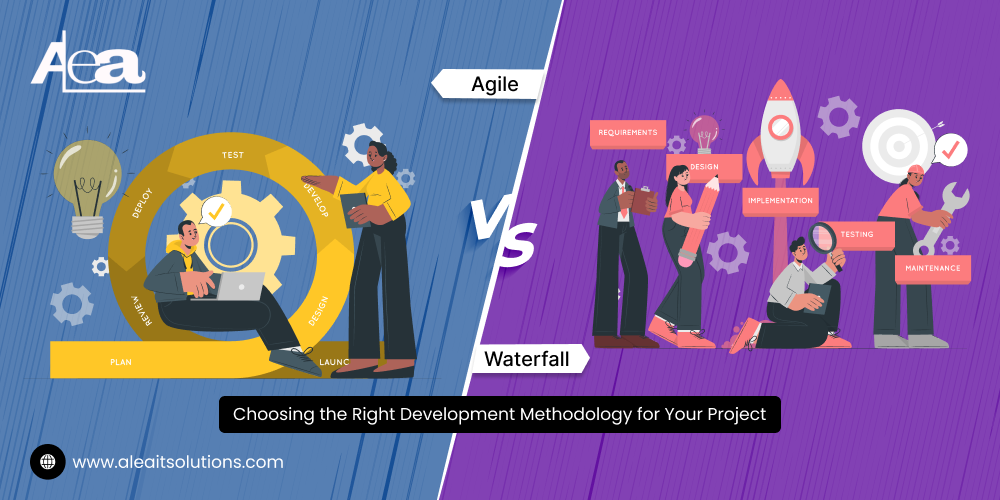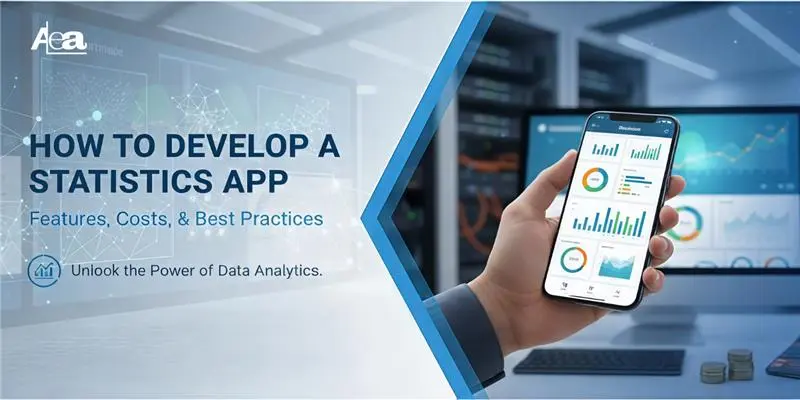When it comes to software development, choosing the right functioning can make or break your project. The most widely used two approaches are agile and waterfalls, each provides unique benefits based on the nature of your project. So, how do you decide which is the best for your team? Both break up the functioning to help create an informed option.
What is the Waterfall Methodology?
The waterfall is a more traditional approach for software development. This is linear and sequential, which means that each stage must be completed before going to the next. Stages usually include:
- Requirement gathering
- Design
- Implementation
- Testing
- Deployment
- Maintenance
In the waterfall, everything is already planned. Once the development starts, there is no place for changes without significant delays or additional costs. This approach works best for projects with well-defined requirements that are unlikely to change.
Pros of Waterfall:
- Clear structure: Each stage is clearly mentioned, making it easier to manage the project.
- Predictability: Since everything is planned from the beginning, it is easy to estimate the deadline and costs.
- Ideal for Stable Projects: works well for projects with fixed requirements that are not expected to change.
Cons of Waterfall:
- Lack of Flexibility: Once a phase is over, it is challenging to adjust.
- Late Test: As the test occurs near the end, issues discovered at this stage may recover.
- Risk of Scope Creeping: Scope mid-project is difficult to change and it can give rise to a memorial to remember.
What is the Agile Methodology?
On the other hand, agile is a flexible, recurrence approach to software development. Instead of a long cycle, the agile breaks the process into small sprints, usually lasting for 1-4 weeks. During each sprint, a working version of the product is distributed, which allows for continuous response and adjustment.
Agile thrives on cooperation and customer response. Teams work closely with stakeholders to refine the product during the development process.
Pros of Agile:
- Flexibility: The agile allows for changes and improvement during development cycle.
- Continuous Response: Regular interaction with stakeholders ensures that the project meets expectations.
- Detection of the Initial Problem: The test is in the entire process, which allows for quick improvements.
Cons of Agile:
- Low Forecast: With continuous changes, it can be difficult to predict the final cost and timeline.
- Active Participation is Required: Teams must cooperate with stakeholders to do regular agile work.
- Can be Heavy: If not well managed, quickly can give rise to disorganized workflows and unclear delivarbles.
When to Use Waterfall
The waterfall is ideal for projects that have clear, irreversible requirements and a certain timeline. There are some landscapes here where the waterfall can be a better option:
- Well-Defined Projects: If your project has accurate requirements that are unlikely to change, the waterfall ensures that everything goes smoothly.
- Regulated Industries: The rigorous structure of waterfall is beneficial for strict compliance requirements (eg, healthcare, banking) industries.
- Short-term Projects: If the project is small and requirements are clear, the waterfall may be efficient and cost effective.
When to Use Agile
The agile is best suited for projects where requirements are likely to develop or where customer response is important. Consider agile in the following cases:
- Complex Projects: If your project is large, multidimensional, and likely to change, repetition nature of agile can help keep things on tracks.
- Client-Operated Projects: Age is ideal when customers need to be involved in the entire process and provide ongoing feedback.
- Innovative Projects: If you are developing a new product where the result is uncertain, the tightly allows for continuous refinement.
Making the Right Choice for Your Project
The decision between the agile and the waterfall largely depends on the needs of your project, team structure and customer participation. The requirements work well when the requirements are stable and you need a streamlined, linear plan. Fantastic Go-Two likes when flexibility and adaptability are more important, especially in projects with developed requirements.
If you are uncertain, consider a hybrid approach that combines the waterfall structure with flexibility of agile, allowing you to achieve the best of both the world.
Conclusion
Both agile and waterfalls provide valuable framework for managing software development projects, but their effectiveness depends on the nature of your project. Understanding the strength and weaknesses of each functioning will help you make a better decision that aligns your project goals, team abilities and customer expectations.
Choosing the right functioning may be a difference between the success and failure of the project, so take time to evaluate the needs of your project before making a decision!




